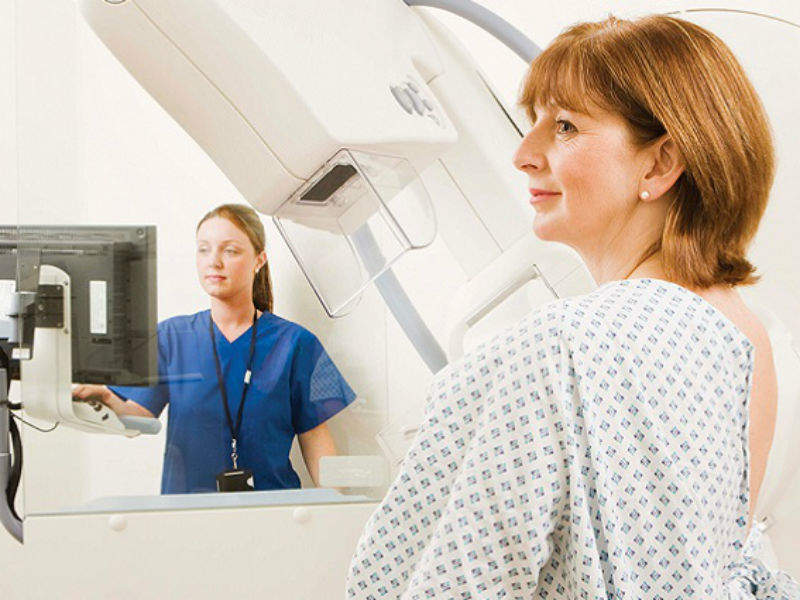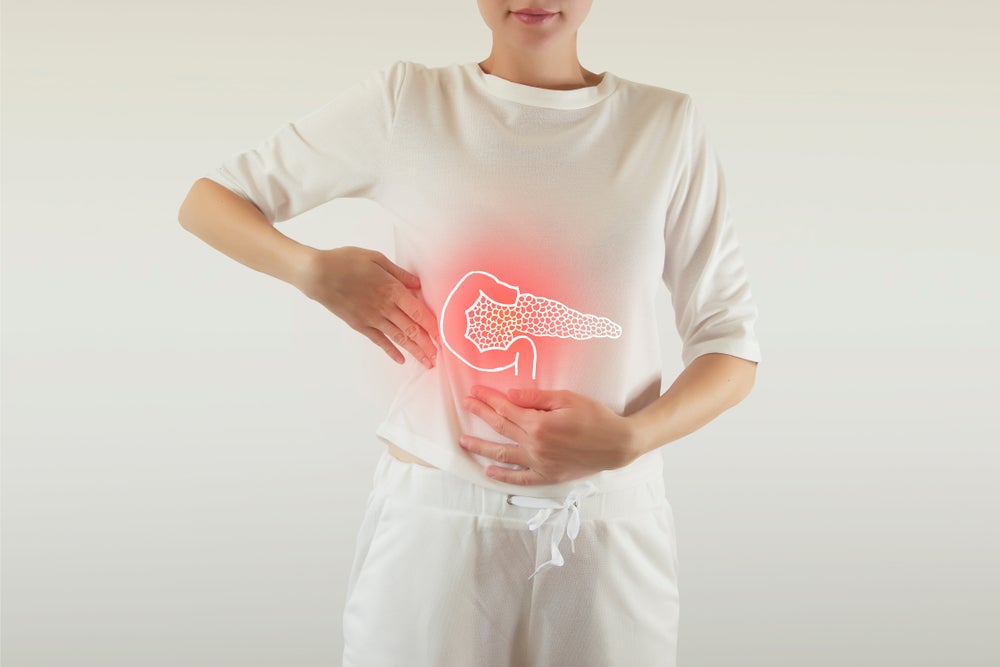
Combining digital mammography and tomosynthesis enables the detection of 90% more breast cancers than digital mammography alone, according to a study by AUSL Reggio Emilia researchers, published in the journal Radiology.
Digital breast tomosynthesis (DBT) uses a series of low-dose mammographic exposures when providing 3D reconstructions of breasts. DBT has proven to be more sensitive than digital mammography in detecting cancers when the two techniques have been compared. However, there is also evidence that DBT could detect cancers that will never be clinically relevant, resulting in over-diagnosis.
During the study, the researchers compared results between 9,777 women randomised to undergo digital mammography and DBT and 9,783 randomised to have just digital mammography.
The combination of digital mammography and DBT was shown to detect 8.6 cancers per 1,000 cases, a rate almost twice that of the 4.5 per 1,000 detected by mammography alone. The recall rate was 3.5% in both groups. When used alone, DBT detected 72 of 80 cancers found in the DBT and digital mammography group.
Combined digital mammography and DBT had a notably higher rate of detection for small and medium invasive cancers, but not for large ones.
AUSL Reggio Emilia director of radiology and the study’s principal investigator Dr Pierpaolo Pattacini said: “Tomosynthesis and digital mammography is much more sensitive than digital mammography. The vast majority of the advantage is due to tomosynthesis alone.”
How well do you really know your competitors?
Access the most comprehensive Company Profiles on the market, powered by GlobalData. Save hours of research. Gain competitive edge.

Thank you!
Your download email will arrive shortly
Not ready to buy yet? Download a free sample
We are confident about the unique quality of our Company Profiles. However, we want you to make the most beneficial decision for your business, so we offer a free sample that you can download by submitting the below form
By GlobalDataDirector of the epidemiology unit at AUSL Reggio Emilia and co-author of the study Dr Paolo Giorgi Rossi added that more research is needed to assess the benefits of improvements in prognosis and reductions in breast cancer-related mortality from DBT compared to any undesired effects.
He said: “If these small cancers would never become life-threatening, then we are increasing over-diagnosis and not impacting mortality. Thus, we need to have a measure of the impact of this higher detection rate on the incidence of advanced cancers and interval cancers in the following years.”
The additional reading time DBT would require from breast imagers was also highlighted as an aspect that would need consideration.
Rossi said: “For publicly-funded screening programs, this increased reading time would be a big issue, destroying their sustainability. Implementing tomosynthesis in public screening programs would require rethinking protocols and reading technologies to reduce or eliminate the extra costs.”
The new research represents a preliminary analysis from the Reggio Emilia Tomosynthesis trial, a larger study in which the researchers will be looking at interval cancers and cumulative incidence of advanced cancers.





